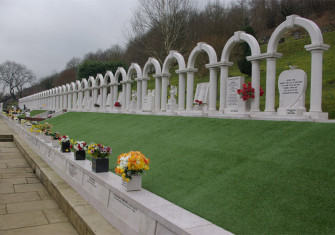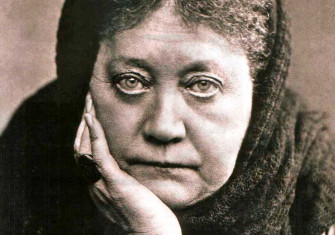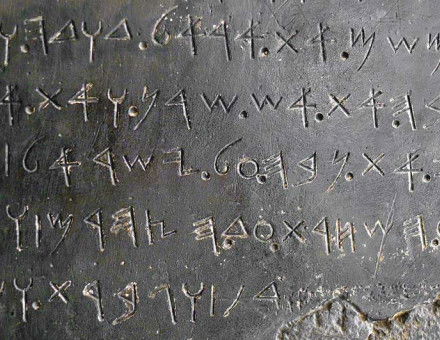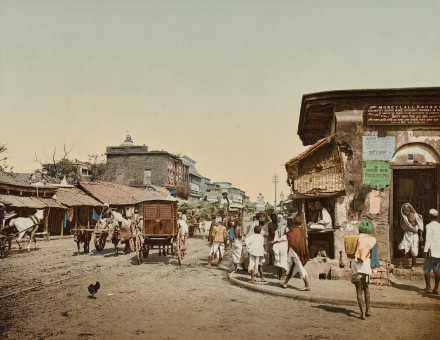Bad Dreams
Divining disaster at Aberfan and beyond, in subjects from nocebos to lost cosmonauts.
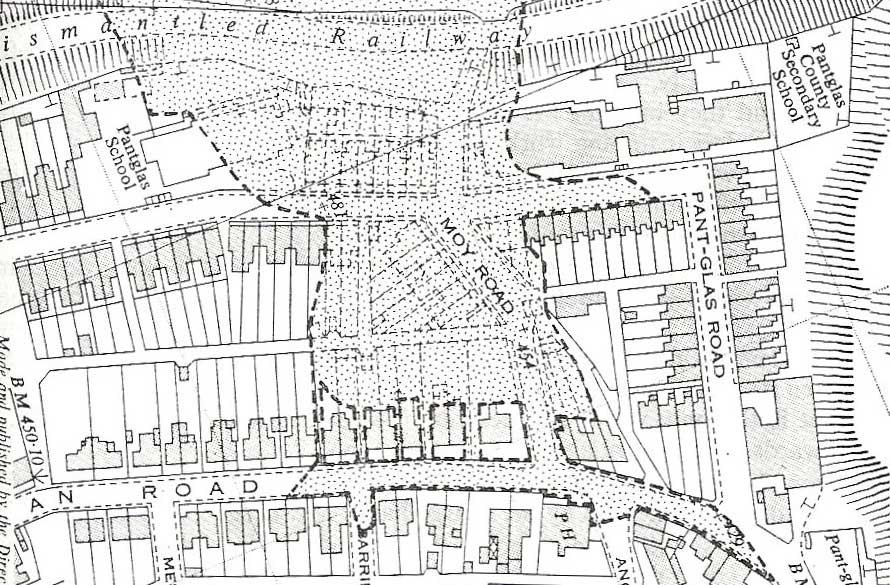
At quarter past nine on the morning of 21 October 1966, teachers were settling their pupils down for the day’s lessons at Pantglas Junior School in the Welsh coal-mining village of Aberfan. It had been raining the night before and, unbeknown to those in the valley, the slag heap that sat high above Aberfan had begun to topple, turning into a landslide containing ‘enough slurry, tailings and mine detritus to fill St Paul’s Cathedral one and a half times over’. Colliery workers barrelled down the slope screaming warnings in vain, trying and failing to outrun the ‘dark glistening wave’ at least 20 feet high and travelling at speed. Survivors recalled a sound akin to an approaching jet aircraft and seeing a wall of black through the windows before it hit, killing 28 adults and 116 children.
Faced with a catastrophe as horrific as Aberfan, it might be assumed that any non-fiction account of the disaster would be narrowly focused and deeply wrought – a scathing investigation into how the avoidable tragedy was allowed to happen, for example, or a soul-searching, God-questioning memoir by a survivor, perhaps. Sam Knight’s The Premonitions Bureau is a very different proposition. It is a deft, curious (in both senses) book that has the atmosphere of a slightly Fortean television movie. The style and tone are such that were it not subtitled ‘A True Story’ and based around recognisable events from living memory (Bobby Kennedy’s assassination for instance), it could easily be taken for a work of fiction. The book begins at Aberfan, not just the aftermath of the disaster but its prelude, with those who supposedly, in dreams and drawings, prophesised what would follow.
The Premonitions Bureau of the title was set up in 1966 by John Barker, a psychiatrist with an interest in the paranormal, moonlighting in the Society for Psychical Research, and Peter Fairley, who manned the science desk at the Evening Standard. Intrigued by accounts of divination, they invited would-be oracles to share their insights, announcing in the newspaper: ‘If you dream of a disaster, get in touch with us.’ The idea was to rigorously investigate and test the claims that arrived and ultimately discover whether major future news stories could be foretold, with the implication that they might be prevented. When Barker learns that his own death has been foretold, the book takes on a sense of momentum and peril.
One of the strengths of The Premonitions Bureau is Knight’s openness. He steps back and allows the story to unfold without overt judgement, which is refreshing in an age when expertise is all too often voiced with the disdainful condescending tone of ‘Well, actually …’ His central premise – ‘premonitions are impossible, and they come true all the time’ – is a compelling one, given that so many of us have had inexplicable baleful experiences and, against our better judgement perhaps, are tempted to flirt with supernatural explanations. Knight has a collector’s keen eye, evidenced not just by the vintage photographs, diagrams and newspaper cuttings scattered throughout the text but also the fascinating little details that he compiles, almost like pointillism, to create a larger picture. His description of a psychiatric institution is indicative: ‘The hospital consumed 865 pints of milk per day. The grounds were infested with feral cats, which were a source of ringworm. There was a single post box … often filled to overflowing, meaning that letters were missing.’ The effect evokes the period so much that you can almost walk through the rooms, with their Bakelite phones and nicotine stains.
Disappointingly, however, there is a down-side to Knight’s approach. While the subjects are undoubtedly diverting, from nocebos to lost cosmonauts, the book leaps from subject to subject a little too sprightly and insubstantially, missing the gravitas that the surrounding, often-traumatic, events demand. At the same time, Knight’s research, while thorough, shows heavily throughout. His very effective character studies drown in the midst of superfluous detail. The book ultimately struggles to escape its origin as an article for The New Yorker, with a style, even formula, that worked admirably in that publication but feels burdensome here. The embellishments needed to extend it to book length feel excessive and counterproductive. While initially welcome, Knight’s authorial distance becomes increasingly noncommittal. The most intriguing dilemmas – the techniques (whether conscious or otherwise) of fortune-tellers, or the ethics of the entire enterprise for example – are under-explored. Perhaps it is a terrible fear of nothingness, of no meaning to the universe other than a kind of Newtonian billiards, that makes us try to see preordained patterns, or take dubious comfort in predictions; that great nothingness both haunts and eludes this book.
The Premonitions Bureau
Sam Knight
Faber 256pp £14.99
Buy from bookshop.org (affiliate link)
Darran Anderson’s latest book is Inventory: A River, A City, A Family (Chatto & Windus, 2020).



